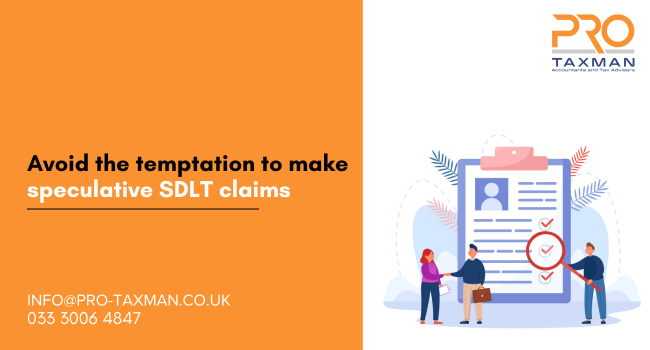Not all property is equal when it comes to stamp duty land tax (SDLT). Higher rates apply to residential properties than to non-residential properties, with a 3% supplement applying to second and subsequent residential properties costing more than £40,000. Where a property comprises mixed residential and non-residential use, the lower non-residential rates apply.
The difference in rates has paved the way for speculative refund claims where the residential rates were charged on the basis the non-residential rates should have applied, and the tribunals have been busy hearing these cases. Making such a claim simply on the basis that it might be worth giving it a go is generally a waste of time and money.
Residential property
For SDLT purposes, a residential property is defined as:
- a building suitable for use as a dwelling, or in the process of being constructed or adapted for such use;
- land that is or forms part of the garden or grounds of such a building (including any building or structure on that land); or
- an interest in or right over land that subsists for the benefit of such a building or land.
For example, a house and garden with a garage in the grounds would all count as residential property.
Non-residential property
Non-residential property is simply property that is not residential property.
Mixed-use property
Mixed-use property is property with residential and non-residential elements. SDLT is charged at the non-residential rates on mixed-used property.
Suitable for use as a dwelling
To qualify as a residential property, a property must be ‘suitable for use as a dwelling’. It should be noted that the test is not whether it is actually used as a dwelling, but whether it is ‘suitable’ for use as such. For example, if a business is run from a home office, the room used as the home office will normally remain suitable for use as a dwelling, so the property is a residential property to which the residential rates apply rather than a mixed-use property. By contrast, if the property is divided into separate areas and part adapted for commercial use or business premises, such as a shop or café, the property will be a mixed-use property.
There have been a number of tribunal cases relating to claims for the mixed-use rates, with varied success. Refund claims should only be entertained where there is genuine business use and commercial use can be proven.
Derelict properties and those needing work
Speculative refund claims have also been made in respect of properties needing a lot of work on the basis that in the state in which they were purchased, they were not suitable for use as a dwelling. However, this will only be the case if the property has been damaged to such an extent that normal repair work, modernisation or replacement will not make it habitable. A distinction is drawn between a derelict property (which may be regarded as unsuitable for use as a dwelling) and one in need of renovation, modernisation or repair (which is suitable for use as a dwelling and to which residential property rates apply). For example, the temporary removal of a kitchen or bathroom prior to sale will not prevent a property from being suitable for use as a dwelling.
Refund claims should only be entertained for properties that were genuinely derelict when purchased, not for those simply needing renovation.
Need professional accounting service or tax advice? Contact us to book a 15-min Free Consultation with us today.
To find out more please follow us on Facebook, Twitter, or LinkedIn. Feel free to contact us on 0333 006 4847 or request a call back by texting 075 6464 7474

